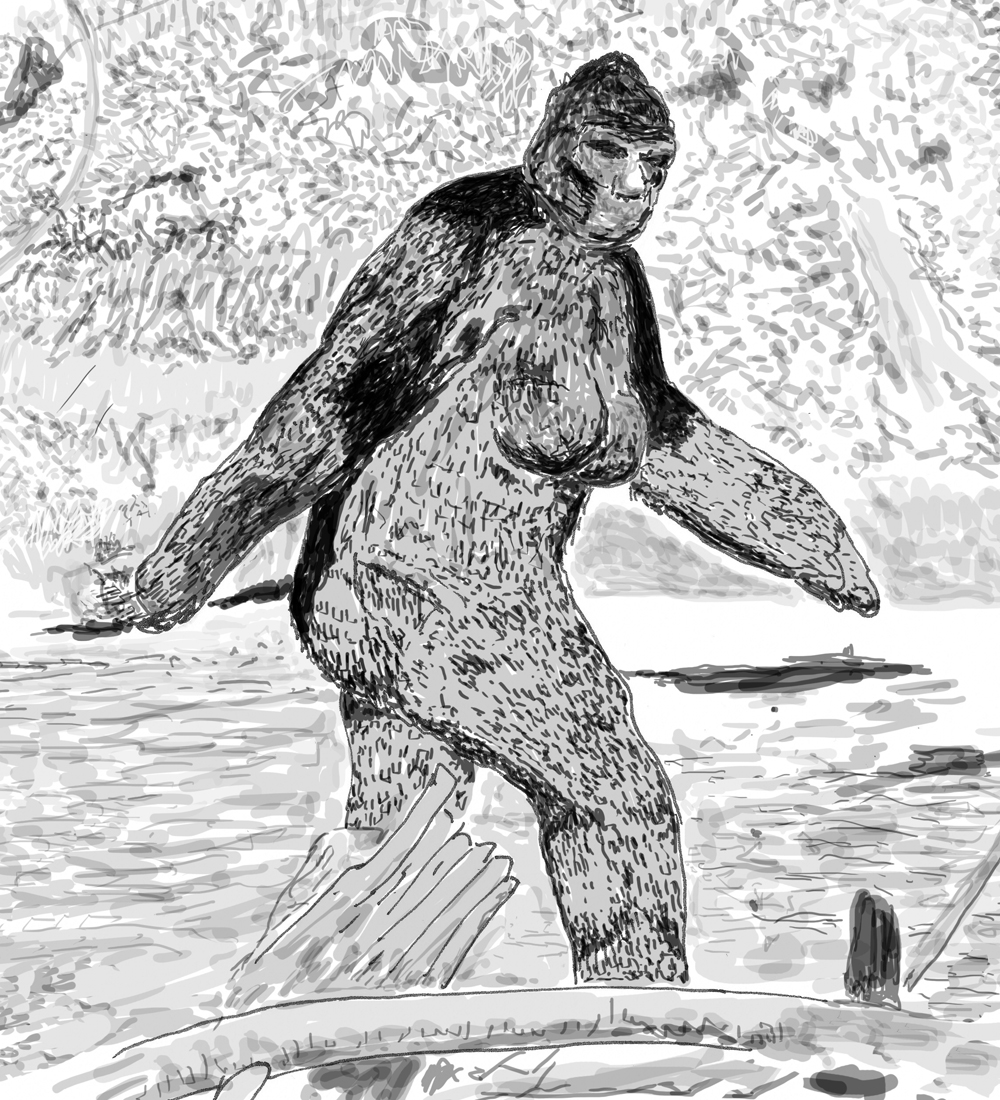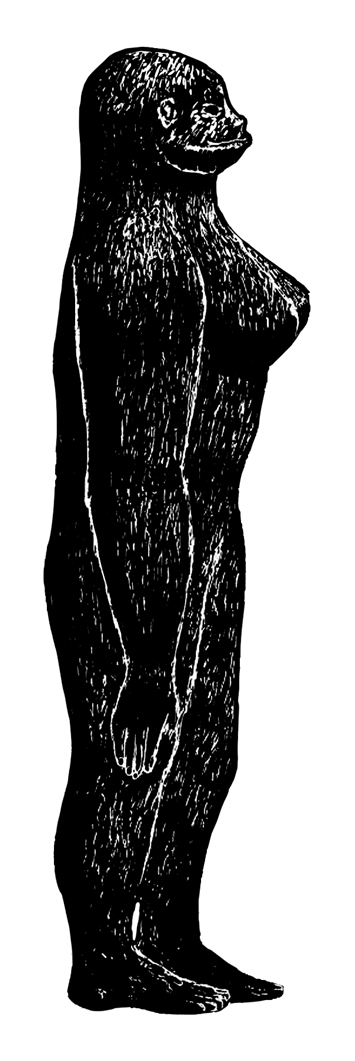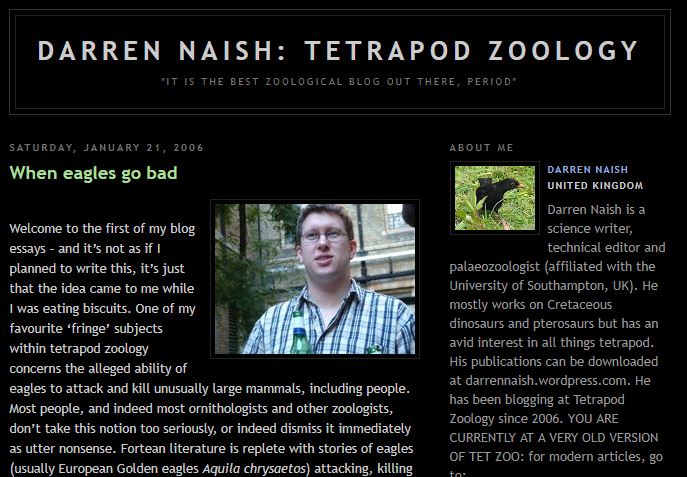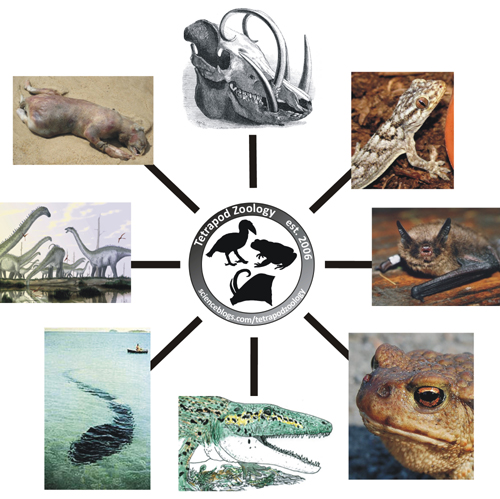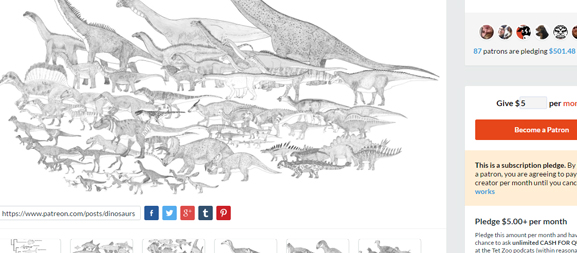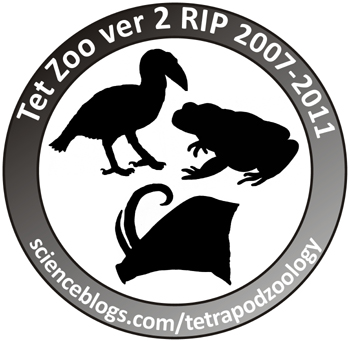I’ve posted a few reviews of recently-ish published dinosaur books here lately, aaaand I have a few more to publish yet – the backlog is long. So.. it seemed as good a time as any to recycle this review from five years ago, pertaining to a book published in 2013. The review was written for the website produced to accompany the 2013 Walking With Dinosaurs movie but… for reasons that I’m sure make sense to someone, this review and in fact the entire site was later removed from the internet (yeah yeah yeah... nothing is ever really removed, blah blah blah IT’S GONE FOR NORMAL PEOPLE, OK?). I here republish it in full, unmodified form since those far-off, halcyon days of 2013. Which is kind of ironic, given what’s happened to Brontosaurus since 2013 (see links below for more on that)…
The brilliant cover-art to Switek (2013), by Mark Stutzman. Image: Switek (2013).
Dinosaurs are popular. We seem, in fact, to be at an all-time high in terms of our hunger for new dinosaur news, the frequency with which new discoveries are announced, and in the sheer volume of dinosaur-themed books, TV shows and movies.
Brian Switek’s My Beloved Brontosaurus describes the author’s personal journey as he visits various dinosaur-bearing fossil sites and dinosaur-themed museums and other institutions across the United States, all the while discussing the fast-changing pace of our knowledge, the new insights we have into dinosaurs and their biology, and the fondness we retain for the big, fat, swamp-dwelling, pea-brained version of the dinosaur that almost refuses to die. Herein lies the explanation for the book’s title: the concept of ‘Brontosaurus’ embodies a defunct stereotype, a name that ‘shouldn’t’ be in current use [UPDATE: OH THE IRONY] and which remains associated with a version of the dinosaur that pre-dates the Dinosaur Renaissance.
The iconic diplodocid specimen (AMNH 460) on display in the American Museum of Natural History, New York, with its semi-imaginary skull. Long labelled as Brontosaurus excelsus, and then Apatosaurus excelsus, it’s currently of indeterminate status. Image: AMNH, in public domain (original here).
The book reads like something of a road trip, arranged such that Switek tells the story of the dinosaurs’ Triassic origins and gradual rise to dominance, explores ideas about their sex lives and reproductive and growth strategies, looks at their evolution of giant size, at dinosaur social lives, at feathers and featheryness, at pathologies and illnesses, and, eventually, at the end-Cretaceous extinction event. It’s a well-written, flowing narrative; the chapters are connected, both to one another and to Switek’s journey across the country, though the connections do sometimes seem a bit contrived. Notes at the back point the reader to technical sources for the information included, illustrations appear throughout, and the book is fully indexed.
Front cover of Switek (2013). Some apatosaurines truly were gargantuan - the individual shown here might be overly gargantuan, but the image is brilliant anyway. Image: Switek (2013).
I really like Mark Stutzman’s cover art so was especially thrilled to see that the dust jacket folds out into a double-sided poster. Extra dino-geek points if you know the inspirations behind either of Stutzman’s illustrations.
By and large the volume is up-to-date and factually accurate, but there are a few things I take issue with. The name Brontosaurus is of course a major fixture throughout the book, the obvious reason for this being that the name loomed large in virtually every single popular dinosaur book prior to... well, prior to some surprisingly recent date. As Switek explains, it’s not true to say – as people sometimes do – that “Brontosaurus never existed”; rather, the species that the name Brontosaurus is tied to was shown in 1903 to be so similar to species included in another genus (Apatosaurus) that separate status for Brontosaurus was no longer defensible. If Brontosaurus ‘died’ in 1903, why has it persisted until so recently? [UPDATE: AGAIN… OH THE IRONY. For the one or two of you that don’t know, the name Brontosaurus was resurrected from synonymy in a comprehensive analysis published in 2015 (Tschopp et al. 2015)].
Another fantastic apatosaurine: this is Apatosaurus louisae, photographed at the Carnegie Museum. You might be wondering what the deal is as goes those massive club-like processes on the cervical vertebrae. Yeah, we’re working on that. Really… we are. Image: Tadek Kurpaski CC BY 2.0 (original here).
Switek’s answer is that this choice was essentially arbitrary: he suggests that New York’s American Museum of Natural History stuck with the name in their massively popular museum display because they maybe “thought the old name sounded better, or were unsure about rebranding one of the most famous dinosaurs in their halls”.
However, as explained in Paul Brinkman’s 2010 book The Second Jurassic Dinosaur Rush, there’s a good reason why Brontosaurus persisted for so long. That reason: Henry Fairfield Osborn, president of the AMNH between 1908 and 1933. Osborn was hugely influential and highly opinionated, and his insistence on sticking with the name Brontosaurus ensured the use of the name well beyond its time as a popular (rather than technical) moniker. The 1903 sinking of Brontosaurus was suggested by Elmer Riggs. Riggs did good work, but he simply lacked the academic clout to make Osborn change his mind.
Another excellent volume on the history of Mesozoic dinosaur palaeontology: Paul Brinkman’s 2010 The Second Jurassic Dinosaur Rush. My review of this book can be found here (at the paywalled and utterly useless no-man’s land that is the SciAm blogs site). Image: Brinkman (2010).
Something I think we need to do more when writing about scientific discoveries and hypotheses is discuss the social dimension to science: that is, the reception said discoveries and hypotheses received within the academic community. New and radical notions and proposals are – despite the impression you might get from TV shows and magazine articles – typically not embraced with open arms. Instead, they initially receive cold and even harsh treatment. Since scientists are human, the way they react to such ideas may be influenced by their personal feelings, the research environment they were trained in, who their friends and enemies are, and so on. In the world of palaeontology, it seems that we’re entering a phase where we’re increasingly analysing the work and ideas of the last few decades: in other words, charting the socio-political background to the science.
It is important, I feel, that we document the history of our changing ideas, something I tried to do in The Great Dinosaur Discoveries (Naish 2009). Image: Naish (2009).
I tried to do this myself in my 2009 book The Great Dinosaur Discoveries (Naish 2009), and Switek often does it in My Beloved Brontosaurus since he quotes experts and reports the conversations he has with them. People interested in the history of palaeontology, and in the history of science in general, should read the book for this reason. It helps make the book a snap-shot of where we are now in the world of dinosaur science – it covers the issues we’re currently interested in; the questions and discoveries that we’re talking about.
All in all, My Beloved Brontosaurus is both a fun and absorbing read as well a good, popular guide to our current understanding of dinosaurs and their evolution.
Brian Switek, 2013. My Beloved Brontosaurus: On the Road with Old Bones, New Science, and our Favourite Dinosaurs. Scientific American/Farrar, Straus and Giroux, New York, 256 pp. ISBN 978-0-374-13506-5. Hardback, index, illustrations.
For previous TetZoo articles relevant to this one, see…
Paul Brinkman’s The Second Jurassic Dinosaur Rush, November 2011
That Brontosaurus Thing, April 2015
New Dinosaur Books, Part 1: Barrett on Stegosaurs, August 2018
New Dinosaur Books, Part 2: Ben Garrod’s ‘So You Think You Know About… Dinosaurs’ Series, August 2018
Refs - -
Brinkman, P. 2010. The Second Jurassic Dinosaur Rush. Chicago: University of Chicago Press.
Naish, D. 2009. The Great Dinosaur Discoveries. A & C Black, London.
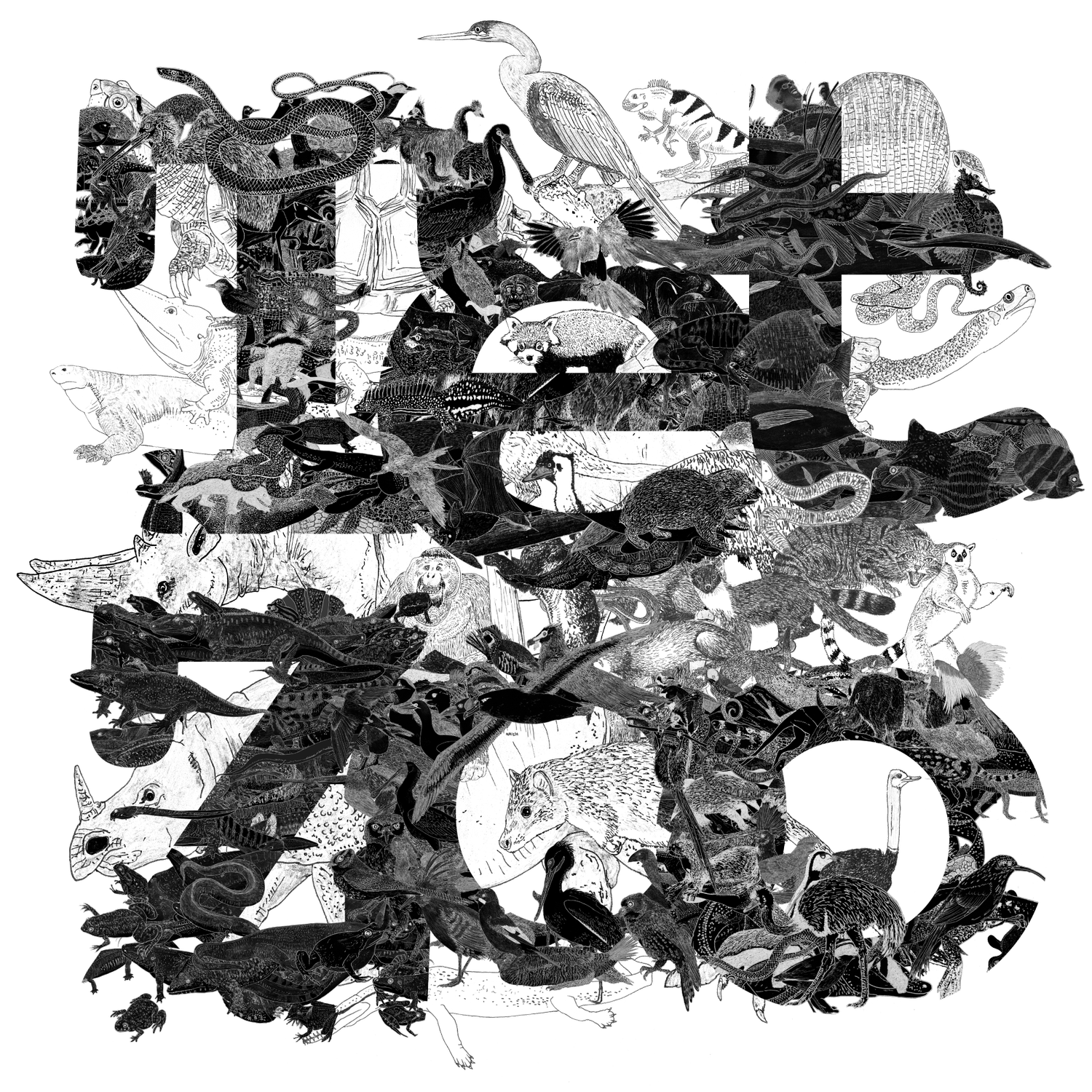







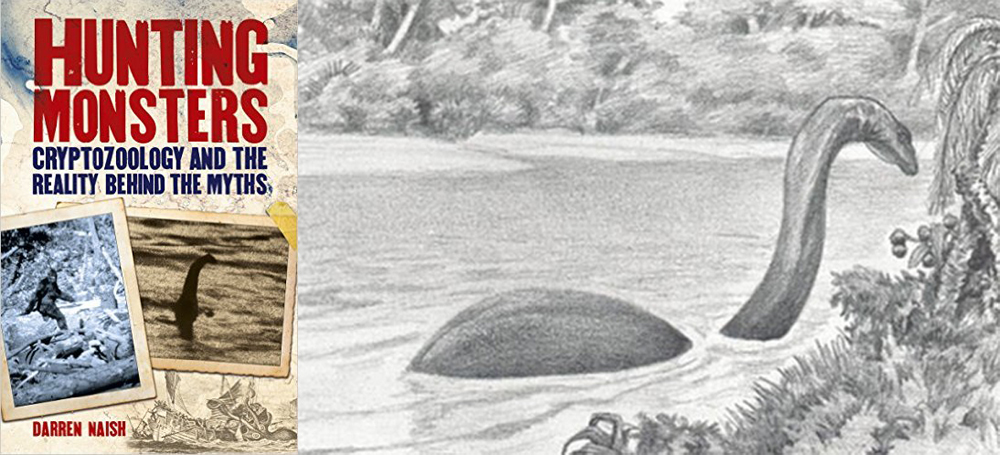


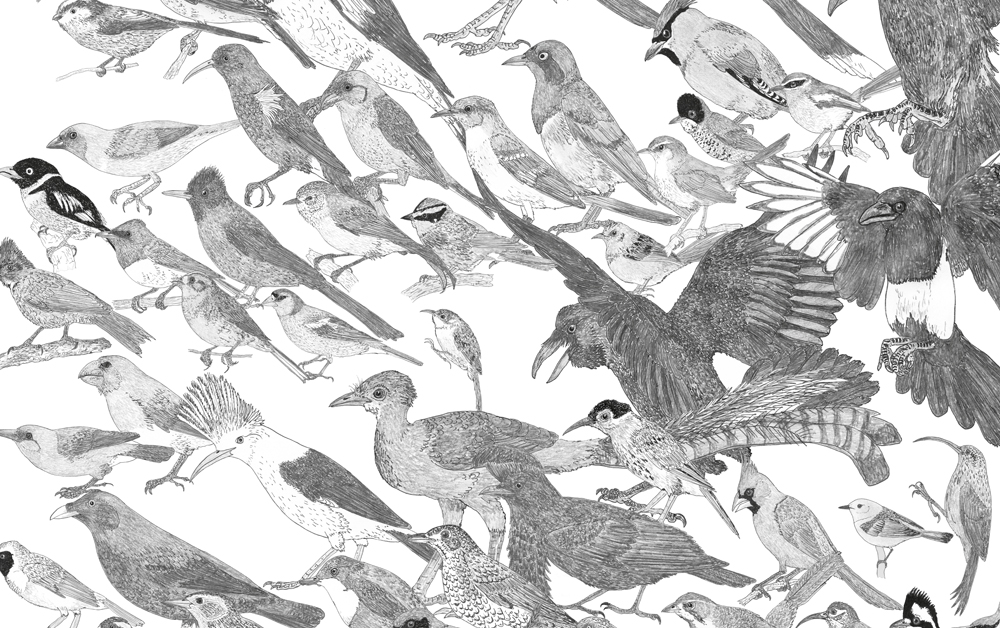


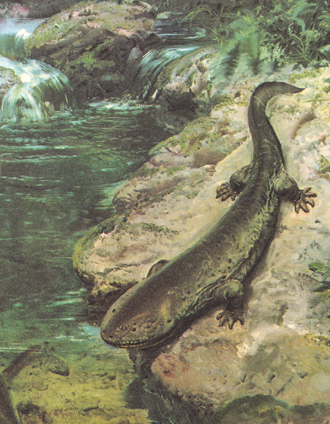




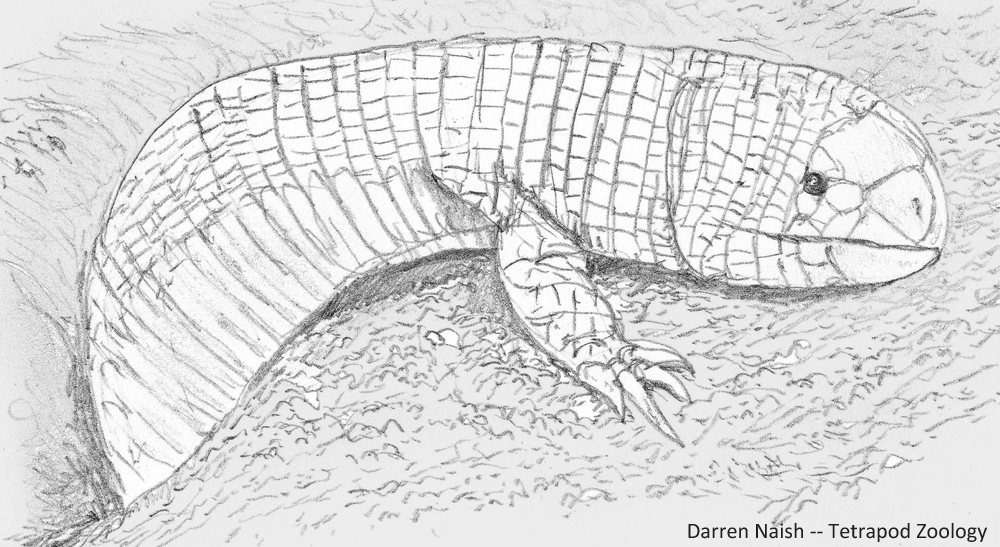


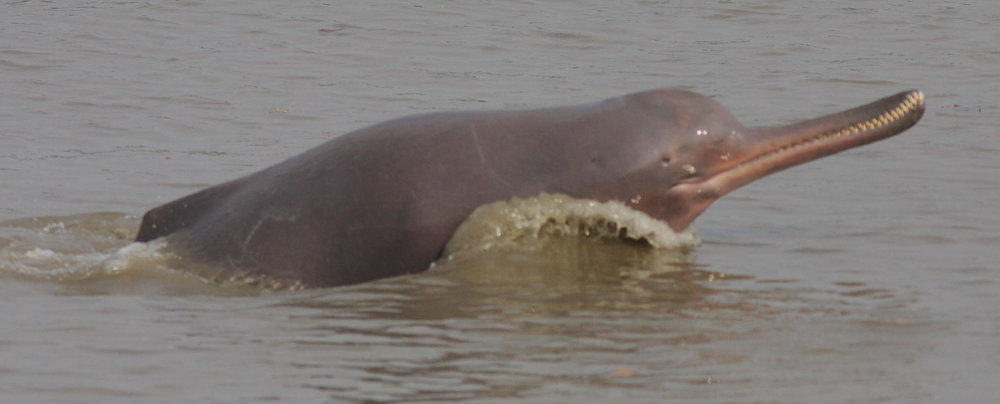












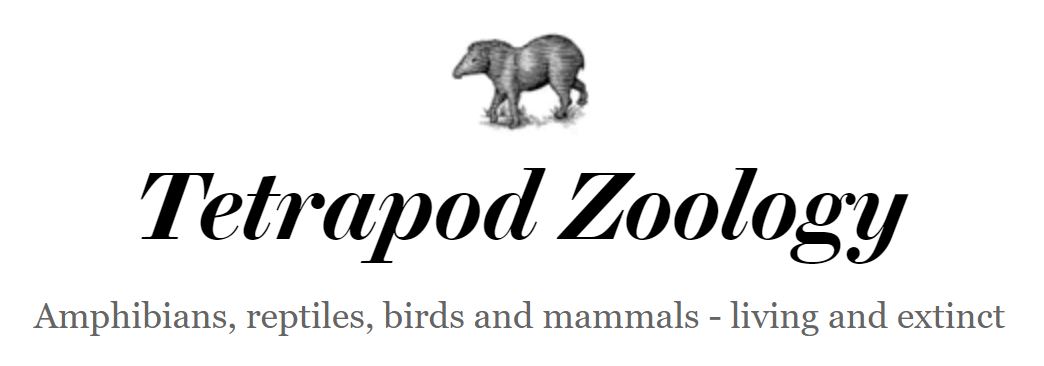




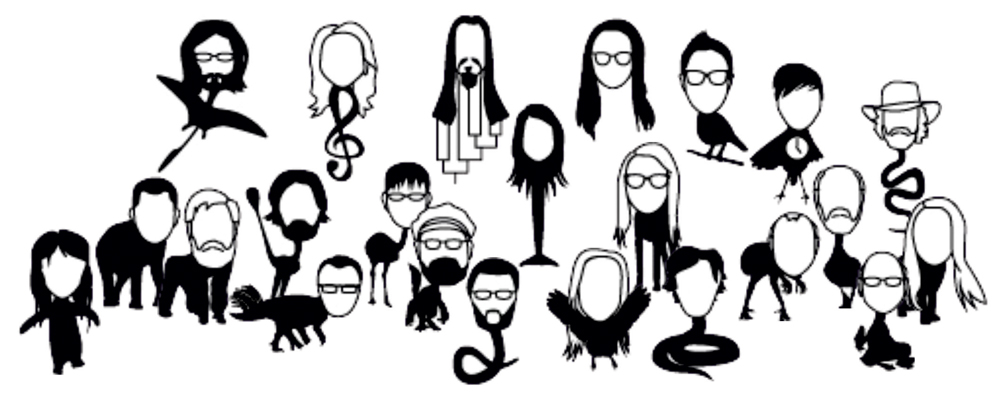














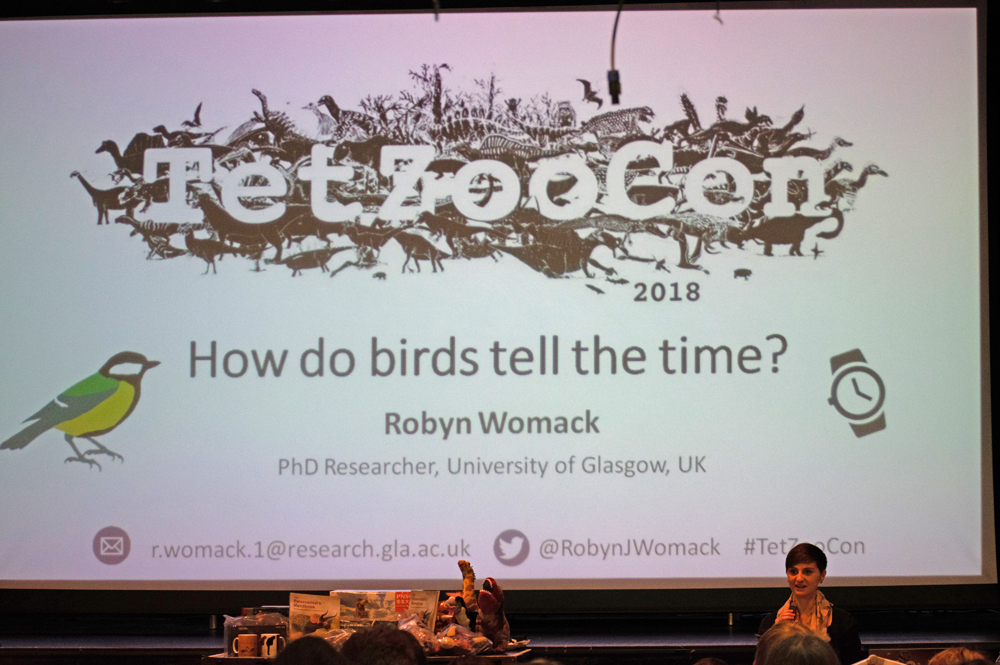

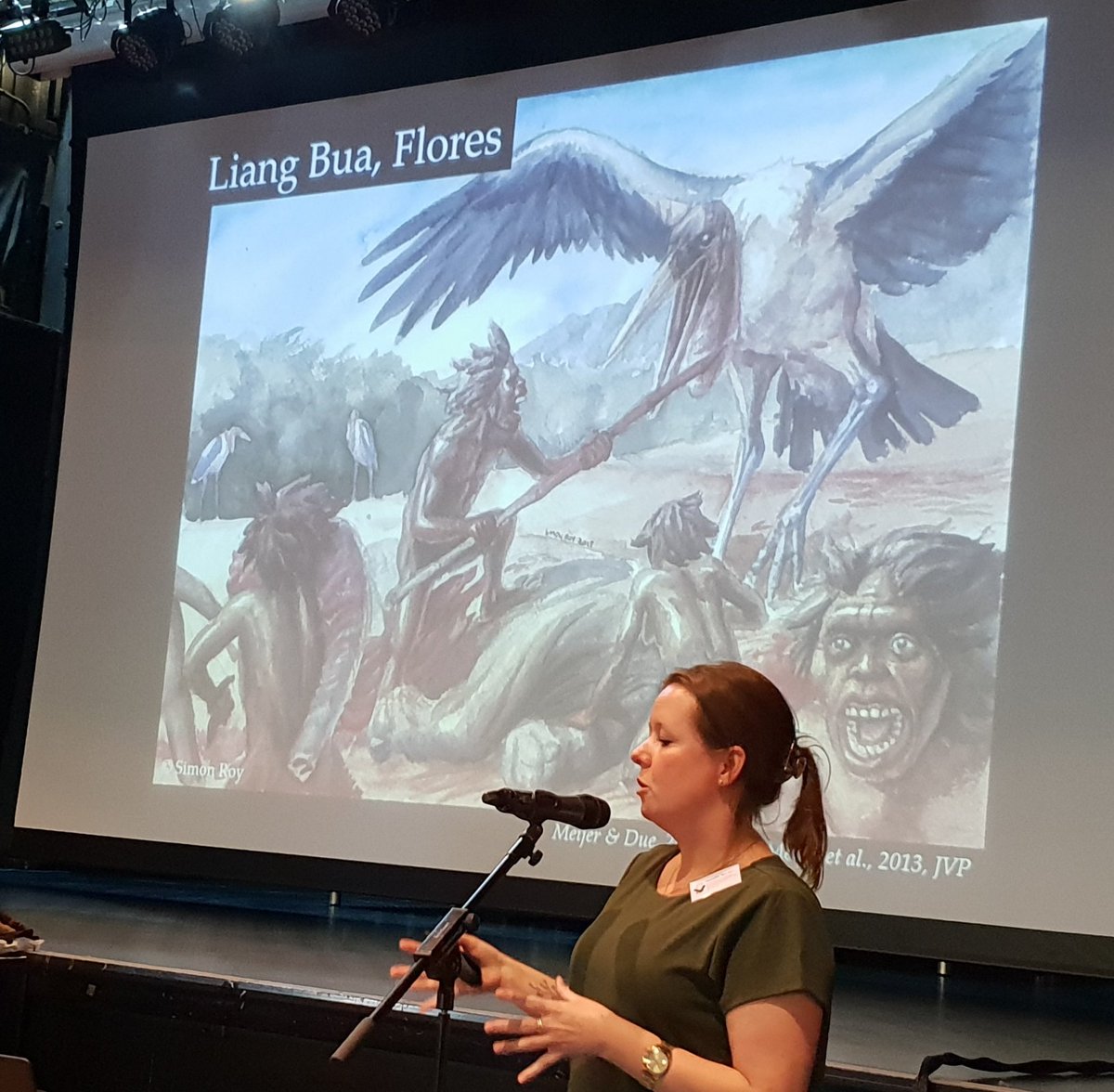
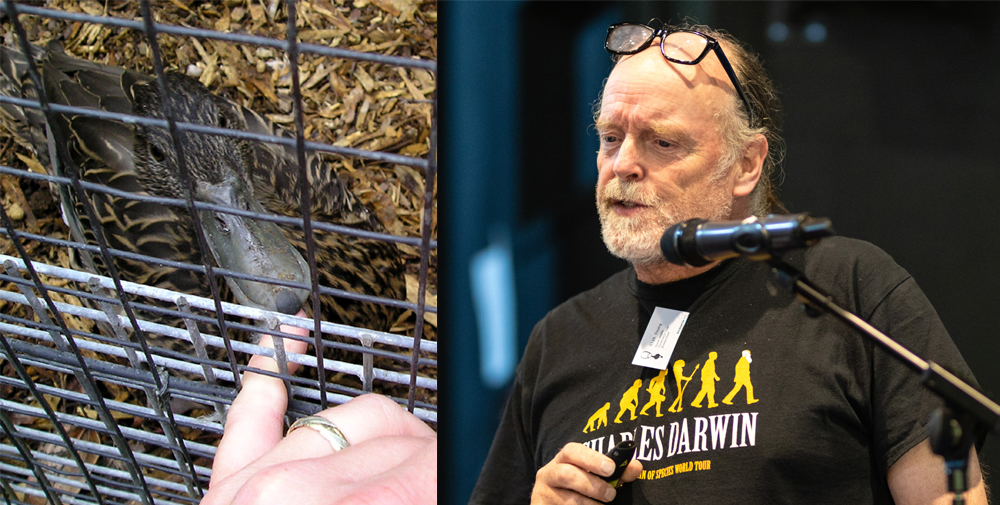

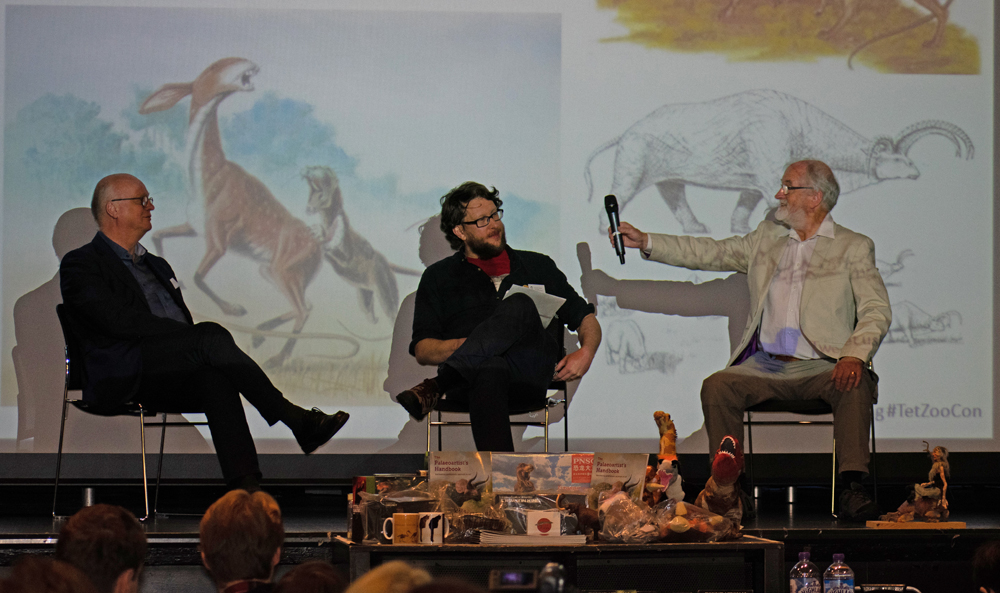











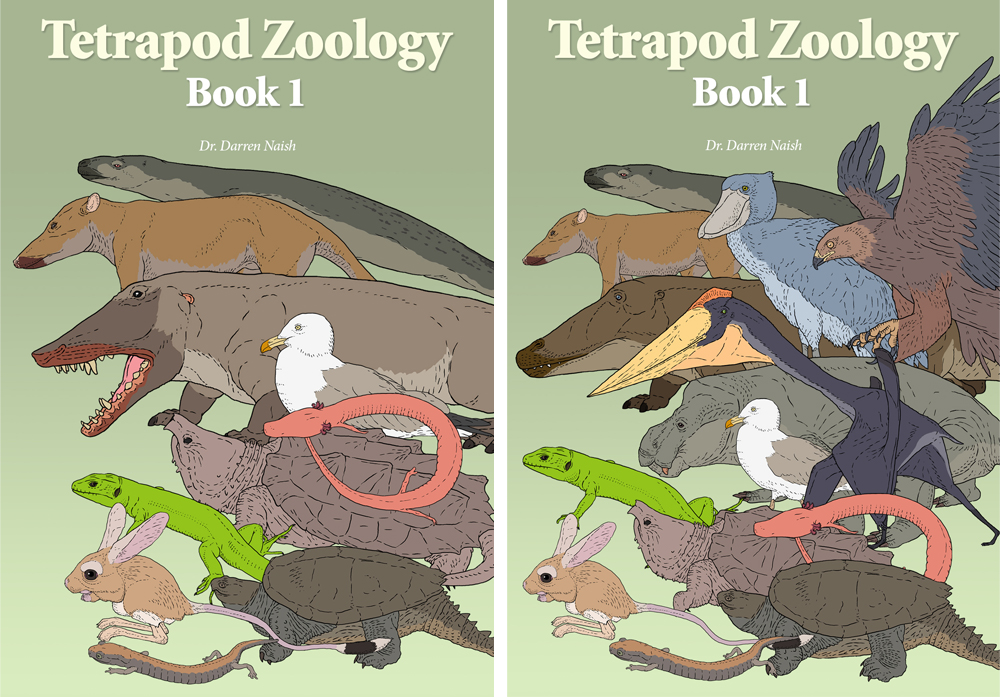




















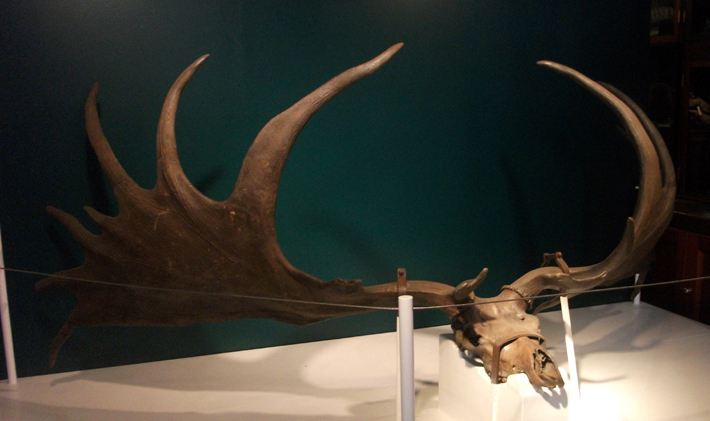


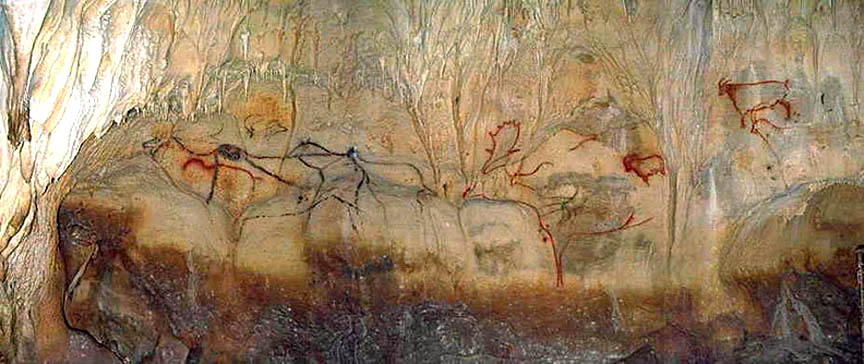


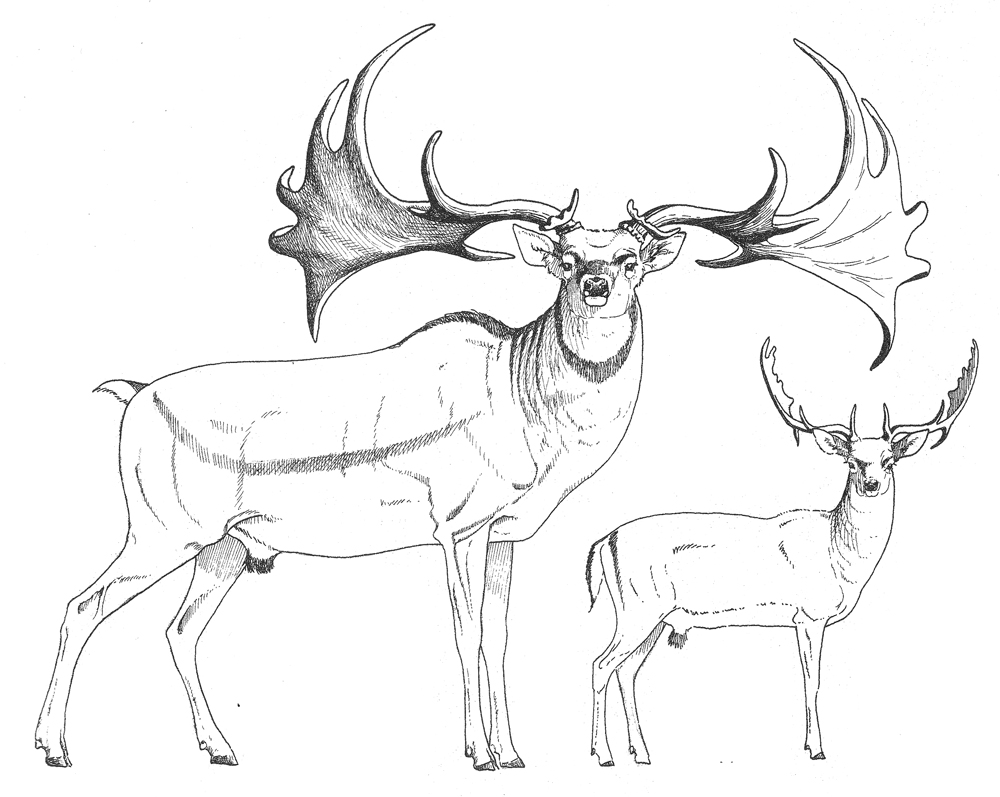














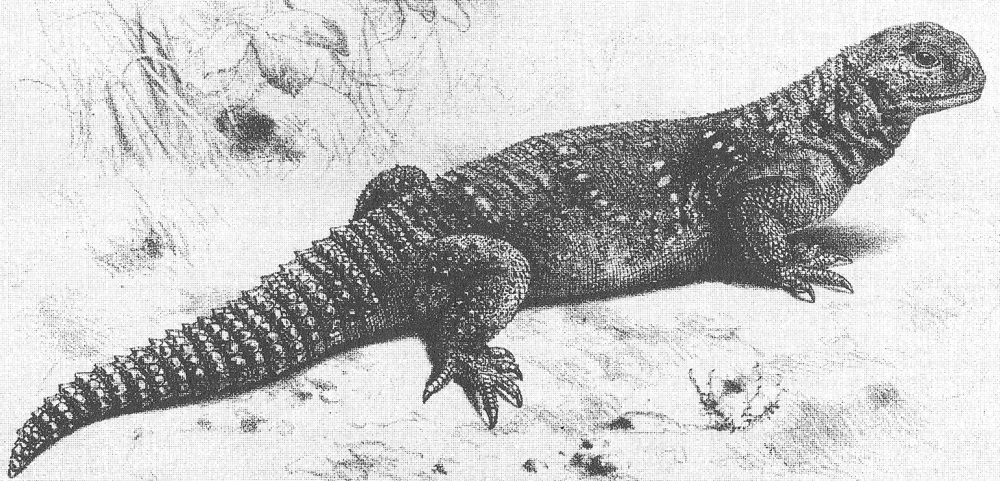








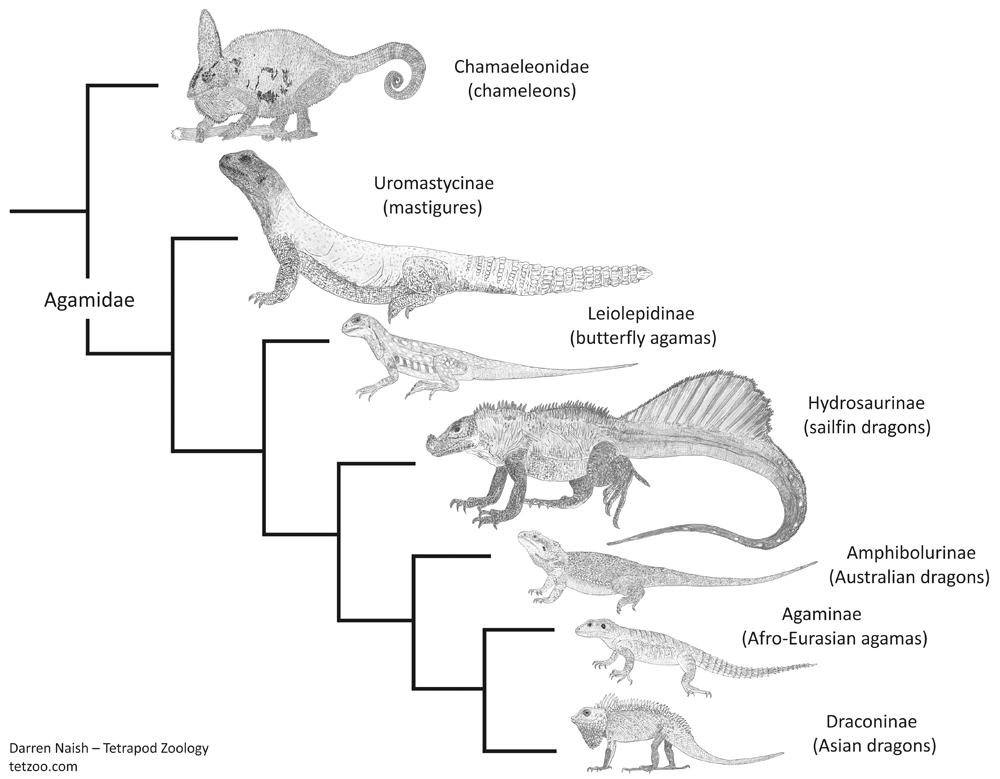







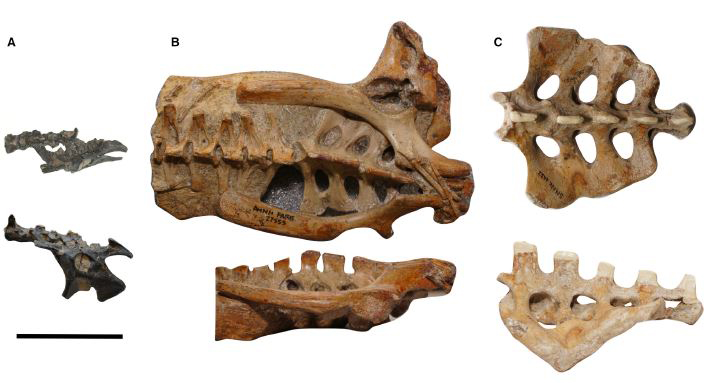




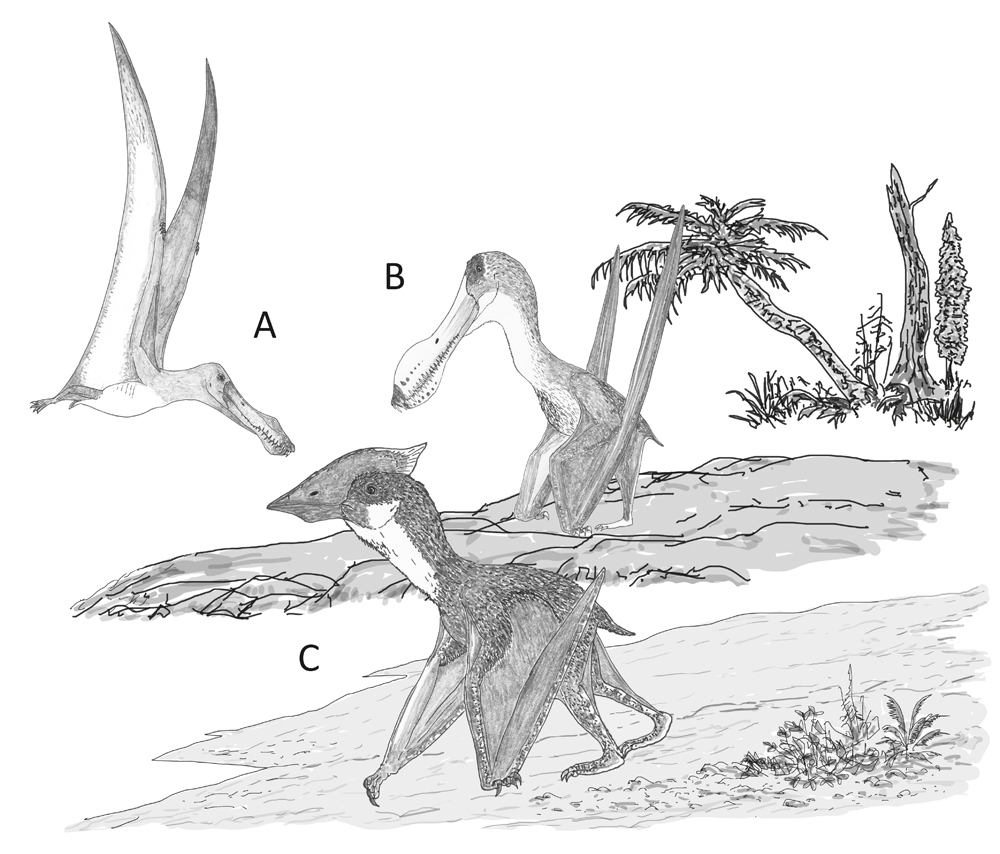
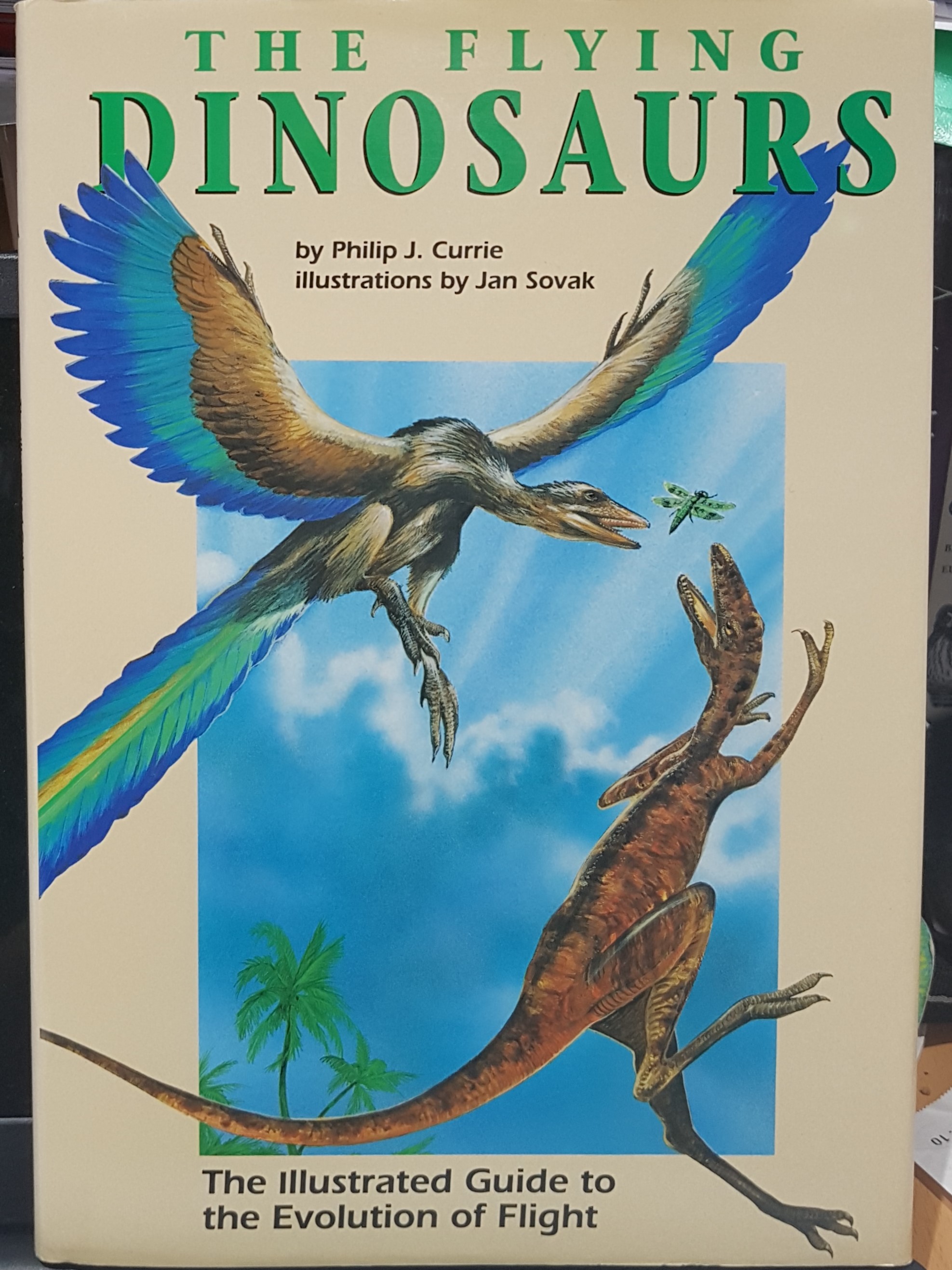


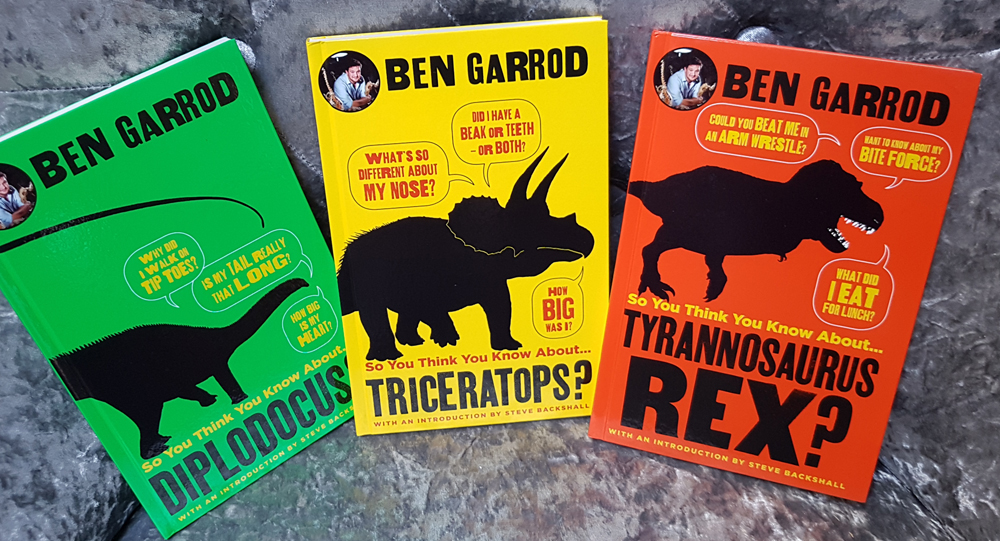







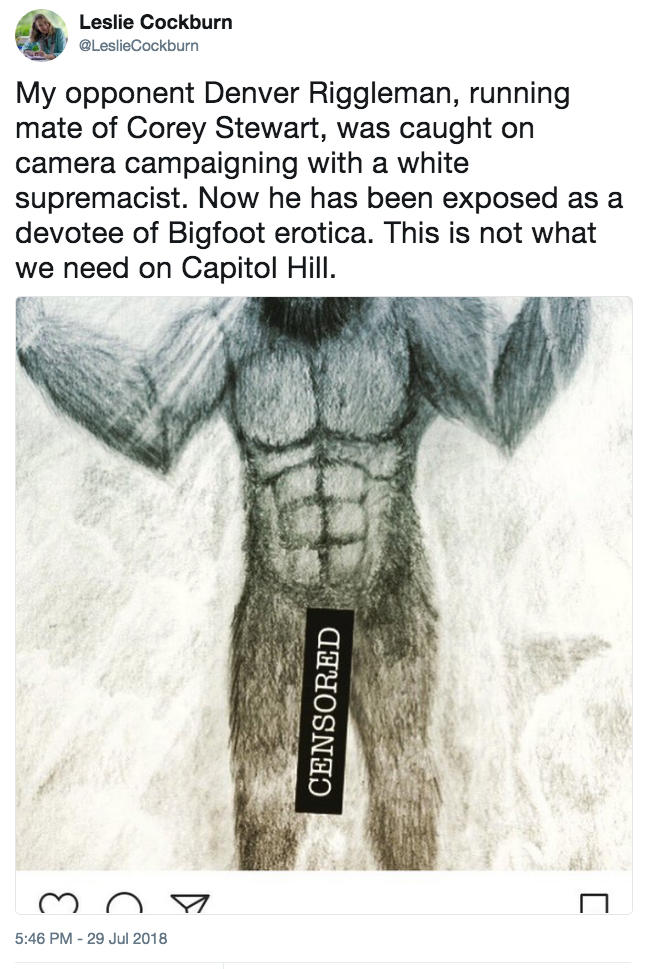
![I've only had one up-close encounter with a Bigfoot myself (it happened in California); I didn't have opportunity at the time to do any checking as goes any details of anatomy, but here's the proof. Image: [safely anonymous source]/Darren Naish.](https://images.squarespace-cdn.com/content/v1/510be2c1e4b0b9ef3923f158/1533161346909-MMK41T4JOD99AEY17TJ4/Bigfoot-in-LA-572-px-tiny-Aug-2018-Darren-Naish-Tetrapod-Zoology.jpg)




